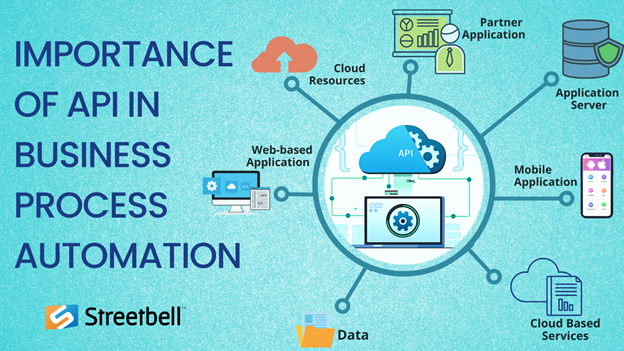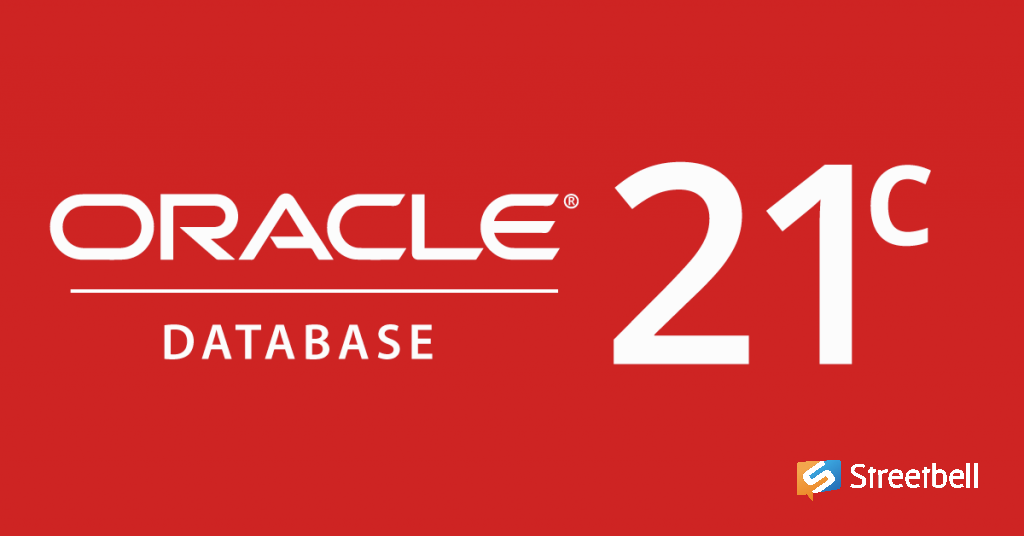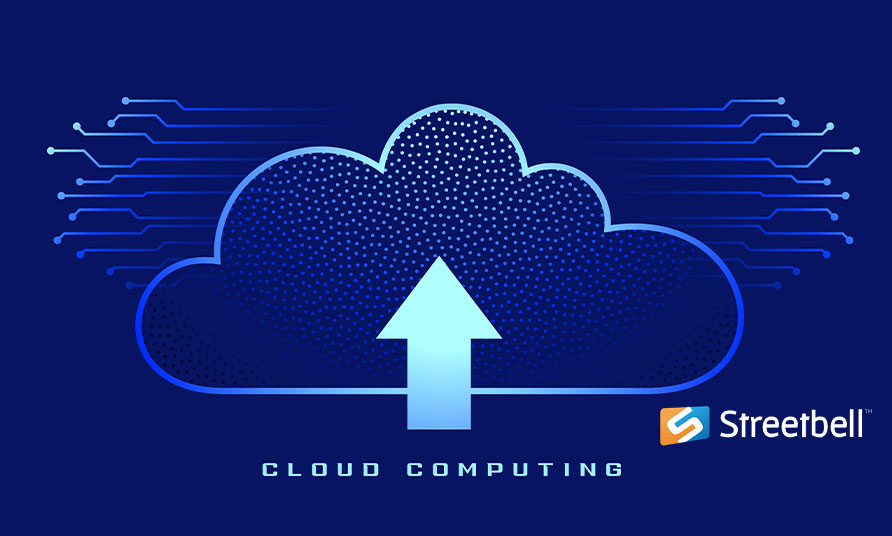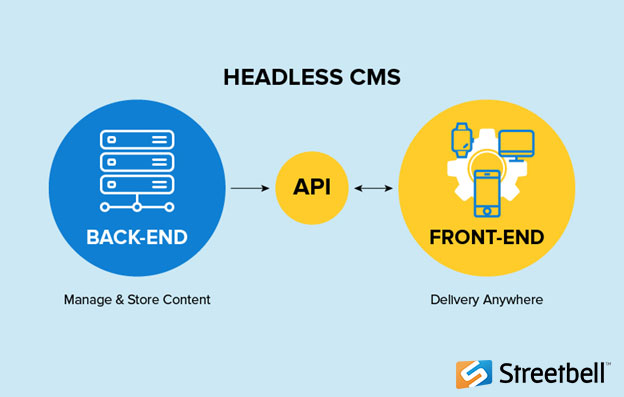
The Significance of APIs in Business Process Automation: Shopygo BPA
- Athul Raj
- Mar 14, 2022

The numbers are clear: eCommerce is now mainstream for buyers of every age. From furniture to medicines to groceries, people can get almost anything delivered to their doors, mostly within a day. As per the latest industry report, eCommerce will account for 21% of global retail sales at the end of 2022.
That is to say, the eCommerce industry is becoming more crowded due to multiple reasons - the virus being a major one. In times of uncertainty, fears of Covid-19 and stay-at-home policies have been driving changes in consumer behaviour, bringing offline footfall to online shops.
Companies need to stay one step ahead of online shopping trends by delivering a stellar online experience to ensure they keep up with customer demands and don’t get lapped by nimbler competition.
This blog highlights the 5 most significant shifts in the eCommerce landscape and how you can support your customers in addressing them to make sure sales will thrive. Let's get started and do a deeper dive into the trends that will shape 2022, and beyond.
The eCommerce space is getting more competitive, and new entrants race to get people’s attention. This results in higher costs of advertising and reduced return on ad spend (ROAS). Advertising on Facebook and Instagram is becoming much less effective than before.
Against this backdrop, a lot of brands are starting to explore new and popular marketing channels such as Snapchat and TikTok, and it has been fun to see how they experiment and get creative. To really earn the acceptance of teenagers and buyers in their 20s, companies’ activity on social media should be genuine. The moment it looks forced, you will lose that audience. Merchants must have a complete understanding of the group and speak their language.
What is crucial to realize, however, is that there is not a single one-size-fits-all choice. You should carefully weigh which social channels to sell on, particularly when your consumers do not necessarily all belong to the same community. You need to sell where a lot of customers spend most of their time
Also, consumers expect a seamless omnichannel experience, and that means personalization. With machine learning, smart store features and other technologies, fortunately, merchants can give every buyer a fully customized and individualized experience.


Compared to the last few years, online shoppers in 2022 are even more experienced and sophisticated. The bar for what makes up an excellent eCommerce experience is now higher than ever.
Customers expect more so you’ll have to meet them where they are buying through multichannel, offer on-demand customer support through automation and agents, and fulfil orders within 2 days or less.
That is the new bar for good.
It’s important to always pay close attention to the entire customer journey and go beyond the purchase. Ensure that you're looking at it from all angles, the same language is used, and that the look and feel are consistent. Work hard to have a continuity between the front-end, the consumer journey, and the marketing. Make the speed to purchase as quick and as positive as possible for the buyer. You are not just pushing a sale; you are driving a relationship with your company so every touchpoint is important.
To take it to the next level and offer a truly great experience, we recommend you to provide novelty to buyers, for example with limited edition products and emerging technologies such as augmented (AR) and virtual reality (VR) when applicable. Experiment with technologies but make sure it is the right fit for your consumers. Whether you like it or not, you might find yourself in a technological arms race with your competitors.


In 2022, to truly set yourself apart from your competitors, you must hone in on your brand identity. It is the foundation for all marketing communications and an opportunity to highlight key differentiating factors. 52% of consumers are more likely to buy from a brand with shared values. The brand is what separates companies that grow at a rapid rate from companies that are just getting by.
You need to tell your story. There should have a reason why you started your business. Maybe you were passionate about a product or service and left your job to work on it full time. Conveying that story, and anchoring the marketing around it, will build a connection with the buyer.
Run a workshop with employees and nail your brand identity and its values. Why does your brand exist? Who are you, what do you bring to the table, what do you look like to customers, and how are you going to be recognized in the market? What are your unique differentiators?”. You should have a powerful, memorable brand identity, be vocal about your values and what you stand for, and understand your consumers inside out.


Live shopping video live stream events and product demonstrations are establishing themselves as the rising star of social commerce. Businesses are rushing to adopt this trend, which originated in Asia, to build customer engagement, loyalty, and brand differentiation. Global companies have been innovating in this arena for numerous years, but the technology is now accessible to businesses of all sizes.
Consumers seek ever closer and authentic relationships with the brands they wish to shop with. Live shopping is a great innovation to consider as part of your strategy in 2022 to further engage with customers in a more interactive way. It brings the in-real-life experience to online shops by connecting customers with retail staff through live video, chat, and text.


Buyers now expect fast, free, and on-time delivery and look for the estimated timelines before placing the order. If the shipping promise is not met, it will have a huge impact on the customer’s trust. A 2020 survey found that when orders are delayed but customers are not informed, 70% of customers would be less likely to buy with that store again.
What is key to being successful in 2022 is how you communicate. Businesses, therefore, should be more transparent about fulfilment issues and actively communicate with buyers.
As your inventory gets more complicated, provide consumers with the flexibility to split orders or pick up a product in-store. If you only provide a single way to deliver, the cart abandonment rate is likely to be more. The buyer must feel like the time from purchasing to having the item in their hands is a shorter and less complicated process so we recommend building an experience around the supply chain.
Also, consider adding an option to the product details page to notify the consumer when an item is back in stock. Use sections of your website such as the promo bar, and automate emails or SMS messages to keep buyers up to date. For important matters, give them a call if you can. The human touch is surely becoming a competitive differentiator and is another opportunity for businesses to innovate and differentiate themselves from the competition.


It’s all about the customer
Staying on top of e-commerce trends is not an option - it is a necessity. For eCommerce businesses, keeping up with the industry trends is particularly important for you to stay competitive and identify new opportunities. Follow our advice, and you’ll be more prepared for what merchants need in the months ahead to offer better experiences and foster deeper, long-term relationships with their customers.














